How Much Does it Cost to Move an Apartment in Las Vegas?

Moving to a new apartment is exciting, especially in a vibrant city like Las Vegas. But one crucial question looms large: How much does moving an apartment in Las Vegas cost to move? Understanding these costs is critical to a smooth transition, whether relocating within the city or coming from afar.
What are the Pros and Cons of Moving to Las Vegas?
Moving to Las Vegas can be exciting, but weighing both advantages and drawbacks is essential. Here's a look at the key pros and cons:
Pros of Moving to Las Vegas
- Entertainment and Nightlife: Known for its vibrant nightlife and entertainment options, Las Vegas offers endless activities and events.
- No State Income Tax: Nevada's lack of state income tax can be financially beneficial, especially for those with higher incomes.
- Diverse Job Market: Beyond the gaming and hospitality industry, Las Vegas has a growing job market in various sectors.
- Sunny Weather: With over 300 sunny days a year, the weather is ideal for those who enjoy warmth and sunshine.
- Cultural Diversity: Las Vegas boasts a diverse population, leading to a rich blend of cultural experiences and cuisine.
Cons of Moving to Las Vegas
- Extreme Heat in Summer: Summers can be sweltering and uncomfortable for some.
- Tourist Traffic: Being a major tourist destination, Las Vegas can experience heavy traffic and crowded areas.
- Higher Cost of Living: While not the most expensive, the cost of living in Las Vegas can be higher than in other U.S. cities.
- Water Scarcity: In a desert, water scarcity is an ongoing concern in Las Vegas.
- Limited Outdoor Activities: Although some nearby natural attractions exist, outdoor activities can be limited compared to other regions.
Understanding these pros and cons can help you make an informed decision about moving to Las Vegas. It's about balancing the city's unique offerings with its challenges.
Best Areas to Live in Las Vegas
Las Vegas is more than just its famous Strip; it's a city with diverse neighborhoods, each offering its unique lifestyle. Here are some of the best areas to consider when moving to Las Vegas:
- Summerlin: Known for its master-planned communities, Summerlin offers a family-friendly environment with excellent schools, parks, and shopping centers. It's ideal for those seeking a suburban feel.
- Henderson: Rated as one of the safest cities in the United States, Henderson is perfect for families and retirees. It boasts excellent schools, ample recreational activities, and a strong sense of community.
- Downtown Las Vegas: For those who love being in the heart of the action, downtown offers a vibrant urban lifestyle. With its various restaurants, bars, and cultural events, it's a hub for entertainment and nightlife.
- The Lakes: A unique residential area with an artificial lake at its center, The Lakes provides a tranquil and picturesque setting. It's an excellent choice for those who appreciate outdoor activities and scenic beauty.
- Green Valley: Located in Henderson, Green Valley is known for its excellent school district, beautiful parks, and family-friendly atmosphere. It's a popular choice for families and professionals.
- North Las Vegas: Offering more affordable housing options, North Las Vegas is an up-and-coming area with new developments and amenities. It's a good option for first-time homebuyers or those looking for value for money.
Each of these areas offers its unique blend of lifestyle, amenities, and atmosphere. When choosing where to live in Las Vegas, consider your personal preferences, lifestyle, and family needs to find the perfect fit.
Understanding Moving Costs in Las Vegas
Moving expenses can vary widely. They are influenced by factors such as the distance of the move and the size of your apartment. Local moves within Las Vegas may be less costly compared to long-distance relocations. It's essential to understand these differences to plan your budget correctly.
Average Costs for Different Apartment Sizes
The cost of moving an apartment in Las Vegas depends mainly on its size. For instance, moving a studio might cost between $297 and $423, while a one-bedroom apartment can range from $423 to $699. For larger apartments, the expenses can soar up to $2,939, highlighting the need for accurate budgeting. You can find comprehensive moving services tailored to different apartment sizes.
Cost Per Hour for Moving Services
In Las Vegas, movers typically charge by the hour. This rate can range from $126 for two movers to $346 for five movers. It's a balancing act to estimate the hours needed for your move. This calculation is crucial for setting a realistic budget.
Best Moving Companies in Las Vegas

Choosing the right moving company is crucial. Las Vegas has several reputable movers who can make your relocation a breeze. Research and select a company that aligns with your specific needs. Here's a guide on finding the best apartment movers near you.
DIY VS. Professional Moving Services
It is considering whether to move or hire professionals. Each has its pros and cons. A DIY move might seem cheaper, but remember the convenience and efficiency of professional movers. Explore local moving services and DIY options to decide what's best for you.
Additional Costs to Consider
Beyond the basic moving fees, additional costs like insurance, packing materials, and possible unforeseen expenses exist. Preparing for these can prevent any last-minute financial surprises. For specialized services like furniture disassembly and reassembly , factor these into your overall budget.
Saving Money on Your Move
Who doesn't want to save money? Timing your move during off-peak seasons, negotiating with movers, and decluttering before the move can significantly reduce costs. Every dollar saved is a step towards a more budget-friendly move.
Saving Money on Your Move
Moving on a budget requires some strategic planning. Here are some tips:
- Choose Off-Peak Times: Moving during less busy times can offer lower rates.
- Negotiate with Movers: Don't hesitate to discuss rates and seek discounts.
- Declutter: Selling or donating items you no longer need can lighten your load and lower moving costs.
- Do-It-Yourself Where Possible: Consider which aspects of the move you can handle, like packing. For packing supplies and tips, check Packing Services.
Long-Distance Moves and Additional Services
If you're moving from afar, costs will naturally be higher. Long-distance moves require more planning and often more services, like storage. Getting quotes from long-distance movers in Las Vegas is crucial to budget accordingly. Additionally, consider if you'll need storage services during your transition.
Office and Specialty Moving Needs
Is it moving to an office or specialty items? These moves often require extra care and expertise. Check out Office Moving and Specialty Moving for services that cater to these unique needs.
Finalizing Your Moving Plan
With a clear understanding of costs and services, it's time to finalize your moving plan. This includes booking movers, arranging for necessary storage, and setting a moving date. Remember, the more organized you are, the more your move will be.
Choosing the Right Time to Move
Timing can significantly impact your moving costs. Moving during the winter months or mid-week can often result in lower prices. Consider the Las Vegas climate and how it might affect your move. Scheduling your move during a less busy time can provide financial and logistical advantages.
Packing Smart: Saving Money and Time
Packing can be one of the most time-consuming parts of moving. To save on costs, source affordable or accessible packing materials. You can often find boxes and packing supplies at local stores or online marketplaces. For more in-depth packing advice, explore comprehensive packing Services.
Insurance and Liability: Protecting Your Belongings
When moving, it's essential to consider the protection of your items. Understanding the insurance options movers provide and evaluating if additional coverage is needed will give you peace of mind. Always read the fine print and understand what's covered.
Handling Specialty Items with Care
Specialty items like pianos, art, or delicate electronics require special handling. Ensure your chosen moving company has the expertise to handle these items safely. For more specialized needs, consider Specialty Moving services.
Efficient Apartment Moving Tips
Moving an apartment can have unique challenges, such as navigating tight spaces and elevators. Here are a few tips:
- Measure furniture and doorways beforehand.
- Disassemble large furniture items. Services for furniture disassembly and reassembly can be invaluable.
- Coordinate with your apartment complex for moving day logistics.
Making the Most of Moving Day
On moving day, being well-prepared can save time and money. Have everything packed, labelled, and ready to go. Ensure easy access for the movers and provide clear instructions on what goes where. Being organized will streamline the process significantly.
Settling into Your New Las Vegas Home
Once you've moved in, take the time to explore your new neighborhood. Las Vegas offers a unique blend of entertainment, culture, and community. Settling in is more than unpacking; it's about making your new house a home.
Moving to Las Vegas offers an exciting opportunity to experience a city known for its vibrant energy, diverse culture, and unique lifestyle. From understanding the costs of moving an apartment to exploring the best living areas, this guide aims to provide comprehensive insights to make your transition as smooth as possible.
Remember, whether moving to a bustling downtown area or a serene suburban neighborhood, Las Vegas has something for everyone. Weigh the pros and cons, consider the costs, and choose a community that aligns with your lifestyle and needs. With the proper planning and preparation, your move to Las Vegas can start an exciting new chapter in your life.


